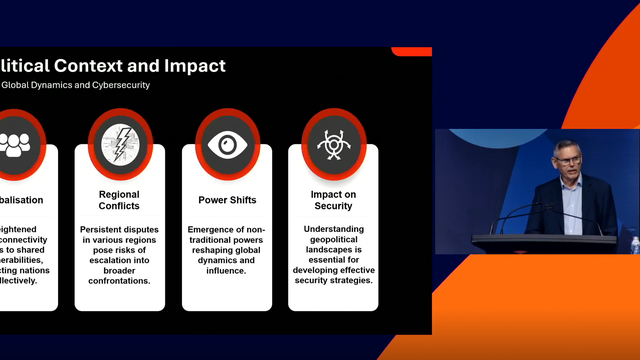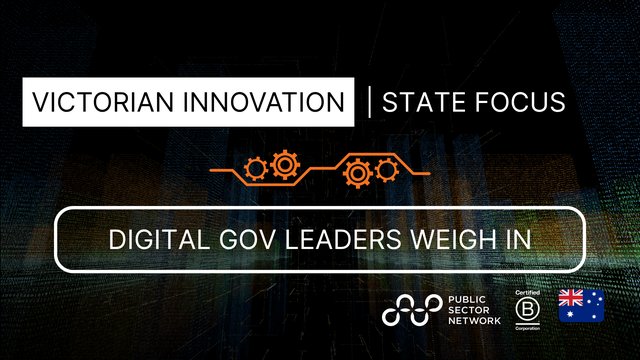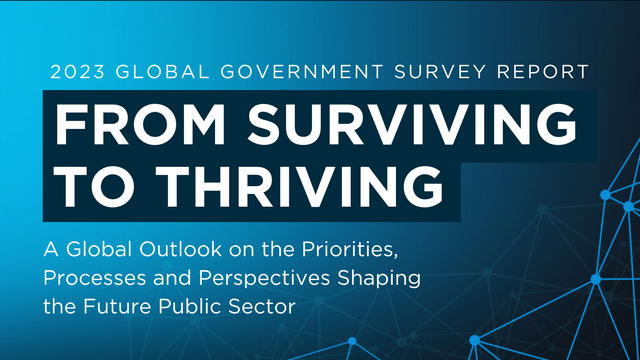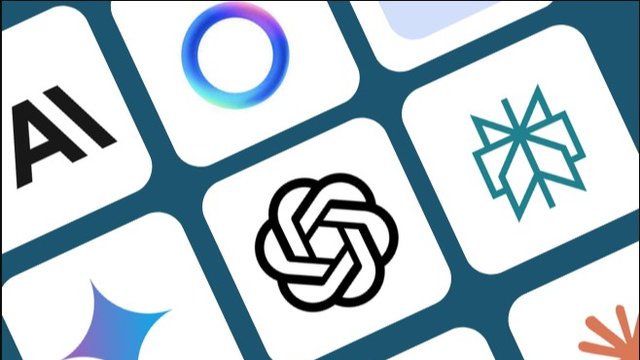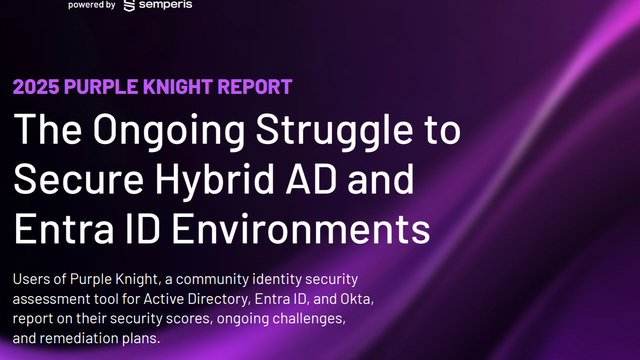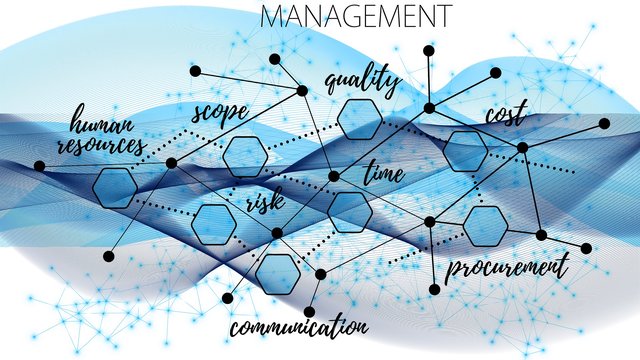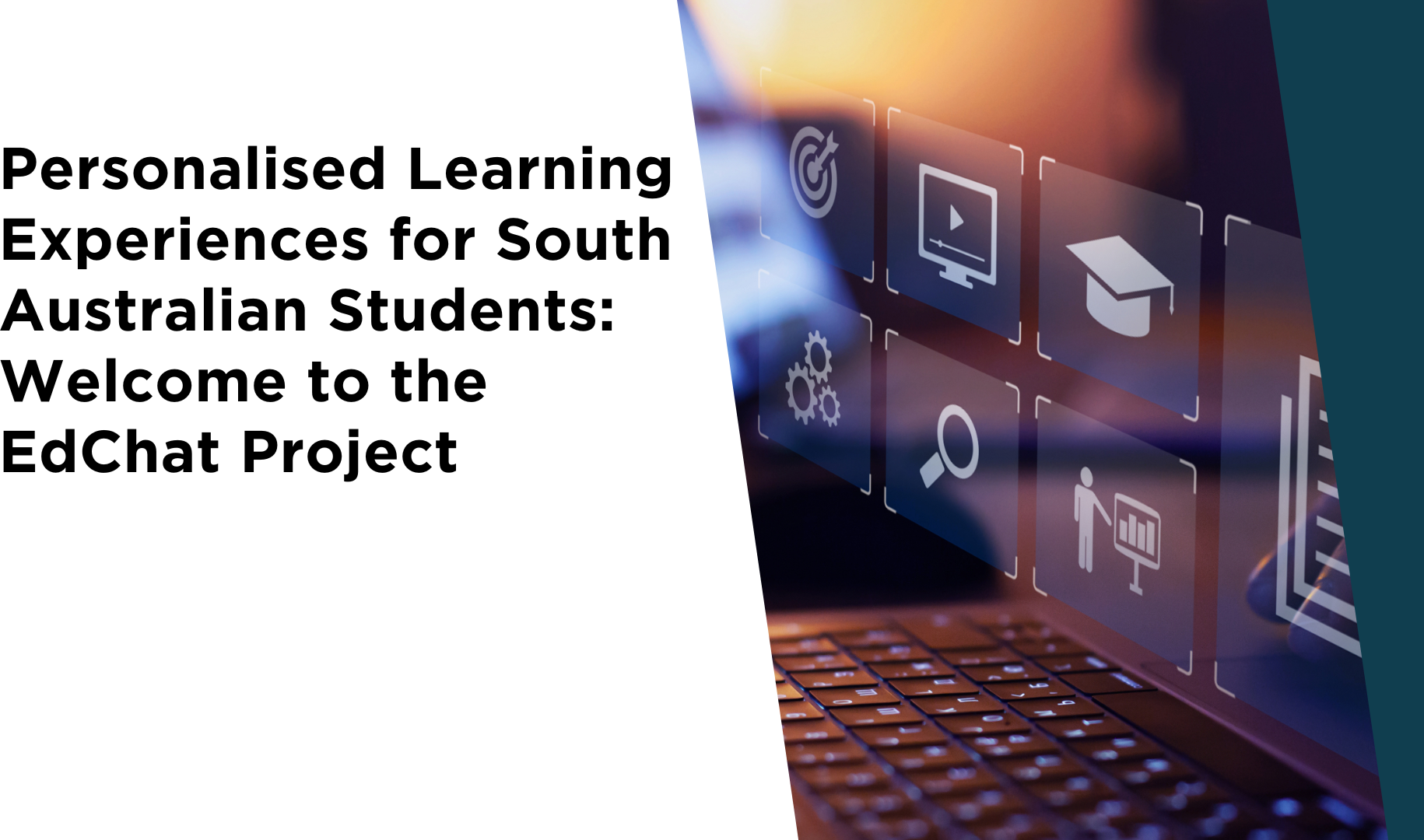
With Dan Hughes, CIO, South Australian Department for Education
Quick Facts:
State: South Australia
Project Name: EdChat
Launch: 2023 (Pilot Phase)
Target Audience: Approximately 10,000 students and 2500 staff across 16 schools’
Technology Partner: Microsoft Azure and OpenAI integration
Purpose: To explore AI applications in education while maintaining secure and ethical use
Primary Objectives:
- Reduce administrative burden on teachers
- Enable personalised, differentiated learning
- Enhance student engagement
- Support continuous learning beyond school hours
- Monitor and mitigate harmful student behavior
Aims and Parameters of the EdChat Project
The EdChat project is South Australia's groundbreaking initiative that introduces a secure, AI-powered educational tool based on OpenAI’s ChatGPT technology. Aimed at fostering personalised learning experiences for students, the project focuses on enhancing both academic performance and teacher efficiency. The primary goals of EdChat are:
- Personalised Learning: By addressing the varied learning needs of students, EdChat enables a differentiated learning experience where each student can engage with materials in ways that best suit their abilities. Whether students are struggling or excelling in subjects, EdChat tailors content delivery to their individual learning pace and style.
- Reducing the Administrative Burden: Administrative tasks take up significant time for teachers and school administrators. EdChat was designed to handle routine tasks, such as generating lesson plans, processing information requests, and summarising data, allowing educators to focus more on student engagement.
- Enhancing Student Engagement: Many students today are digital natives, finding technology more engaging than traditional teaching methods. By integrating AI into the classroom, the project seeks to make learning more dynamic and interactive, leveraging AI to stimulate curiosity and engagement.
- Continuous Learning Beyond School Hours: EdChat offers students continuous learning opportunities even after school hours, functioning as an AI-powered tutor. It provides assistance with homework, helps clarify concepts, and supports students who may need additional guidance after the school day has ended.
- Prevention and Intervention in Student Welfare: EdChat’s capabilities extend to monitoring students' online behavior, particularly around harmful activities like researching self-harm or illicit behaviors. This monitoring system aims to alert educators and offer timely intervention when necessary, ensuring a safer environment for students.
Addressing Current Challenges with AI
One of the most pressing concerns for the EdChat project has been navigating the complexities of AI integration in educational environments. While generative AI offers significant benefits, several challenges needed to be tackled, including:
- Ethical Use and Plagiarism Concerns: As with any AI tool, there was a concern that students could misuse EdChat for plagiarism or other unethical practices. EdChat addressed these concerns by implementing clear guidelines and differentiating tasks where AI could be used versus those where it couldn't. For instance, students are required to demonstrate original thought and composition in specific assignments, with EdChat aiding in more administrative or research-based tasks.
- Data Privacy: A key aspect of EdChat’s development was ensuring that student data remained secure. Unlike publicly available versions of ChatGPT, which store and process data externally, EdChat operates within the state’s Microsoft Azure cloud environment. This means all data is housed securely, and interactions with OpenAI's models do not expose students' or teachers' sensitive information to third parties.
- Content Appropriateness and Guardrails: One of the risks of AI tools like ChatGPT is the potential to access inappropriate content or inadvertently encourage harmful behaviour. To mitigate this, EdChat includes stringent guardrails to prevent students from accessing inappropriate material. Moreover, the tool is programmed to monitor dangerous behaviours and alert educators, thus providing another layer of safety.
- Control Over the Technology: A significant design element is that the EdChat system allows the Department for Education full visibility into how the tool is being used. Unlike other AI tools that operate as a black box, EdChat offers transparency and the ability to audit interactions, ensuring that the tool is being used as intended.
Key Design Features Tailored to School Children
The EdChat system was specifically designed with the needs and sensitivities of school children in mind. The key design features include:
- Customisable Guardrails: The ability to adjust the guardrails based on the student's age or learning needs is a core feature. For instance, high school students at institutions like Thebarton Senior College have access to different resources compared to younger students, allowing flexibility in research topics that may be restricted in younger classrooms.
- Traffic Light System for AI Use: Teachers at schools like Adelaide Botanic High School use a "traffic light" system to signal how much AI involvement is allowed in a task. For assignments that require students to develop writing skills, a "red light" restricts AI use. In other cases, like research tasks, a "green light" allows full use of AI. This system empowers both teachers and students to navigate AI responsibly.
- Integration of Interpretation Tools: EdChat supports students with specific needs, such as those with autism or students learning English as a second language. AI-driven translation and language tools help these students engage with the curriculum more effectively, breaking down barriers that might otherwise hinder their academic progress.
- Tutoring and Continuous Learning: Beyond school hours, EdChat acts as an accessible tutor. It offers help with assignments and additional learning materials, particularly benefiting students who may not have support systems at home to guide them through difficult homework.
Outcomes of the Project
The pilot phase of EdChat, which involved eight schools, 2,000 students, and 150 staff members, yielded highly positive outcomes:
- Improved Student Engagement: Teachers and students both reported a marked increase in engagement. Many students who were previously disengaged found the interactive nature of EdChat stimulating. The platform particularly benefited autistic students and those who struggled with language barriers.
- Enhanced Learning Outcomes: Teachers found that AI could accelerate students' understanding of complex subjects. Many students were able to reach learning milestones faster than expected, as the AI provided immediate feedback and suggestions for improvement.
- Teacher Efficiency: The reduction of administrative tasks through EdChat allowed teachers to spend more time on direct instruction and individualised student support. Teachers also found it easier to plan lessons and create resources, which contributed to a more streamlined classroom experience.
- Increased Use of Technology in Education: The EdChat trial helped familiarise students and teachers with AI, promoting a culture of innovation. It offered educators new ways to think about integrating technology into the classroom beyond just AI.
- Positive Feedback from Educators: Feedback from the participating schools was overwhelmingly positive, with many schools requesting to keep using EdChat beyond the trial period. Teachers, particularly those initially skeptical, found that EdChat provided valuable support without compromising educational integrity.
What's Next for AI in Education?
As South Australia looks ahead, the potential for EdChat and other AI tools in education continues to grow. The project is expanding, with over 10,000 students across 16 schools now using EdChat regularly. Future developments include:
- Image Creation and Explanation Capabilities: By next term, EdChat will feature image recognition and explanation tools. Students will be able to upload images and receive text-based explanations, enriching their learning experiences and offering creative ways to engage with visual content.
- Incorporating New AI Features: The team behind EdChat is continuously exploring new capabilities for the tool, including integration with more advanced AI-driven learning aids like DALL-E for image generation.
- Broader Systemic Implementation: The ultimate goal is to expand EdChat’s usage to all 180,000 students in South Australia. However, the department is cautious about systemic release, ensuring that security guardrails and usage policies are refined before making EdChat widely available.
- AI as a Complement to Traditional Teaching: While AI offers great potential, the Department for Education remains committed to ensuring that AI tools like EdChat complement rather than replace traditional teaching. Teachers will continue to play a critical role, with AI serving as a supplementary tool to enhance student learning and reduce workload.



